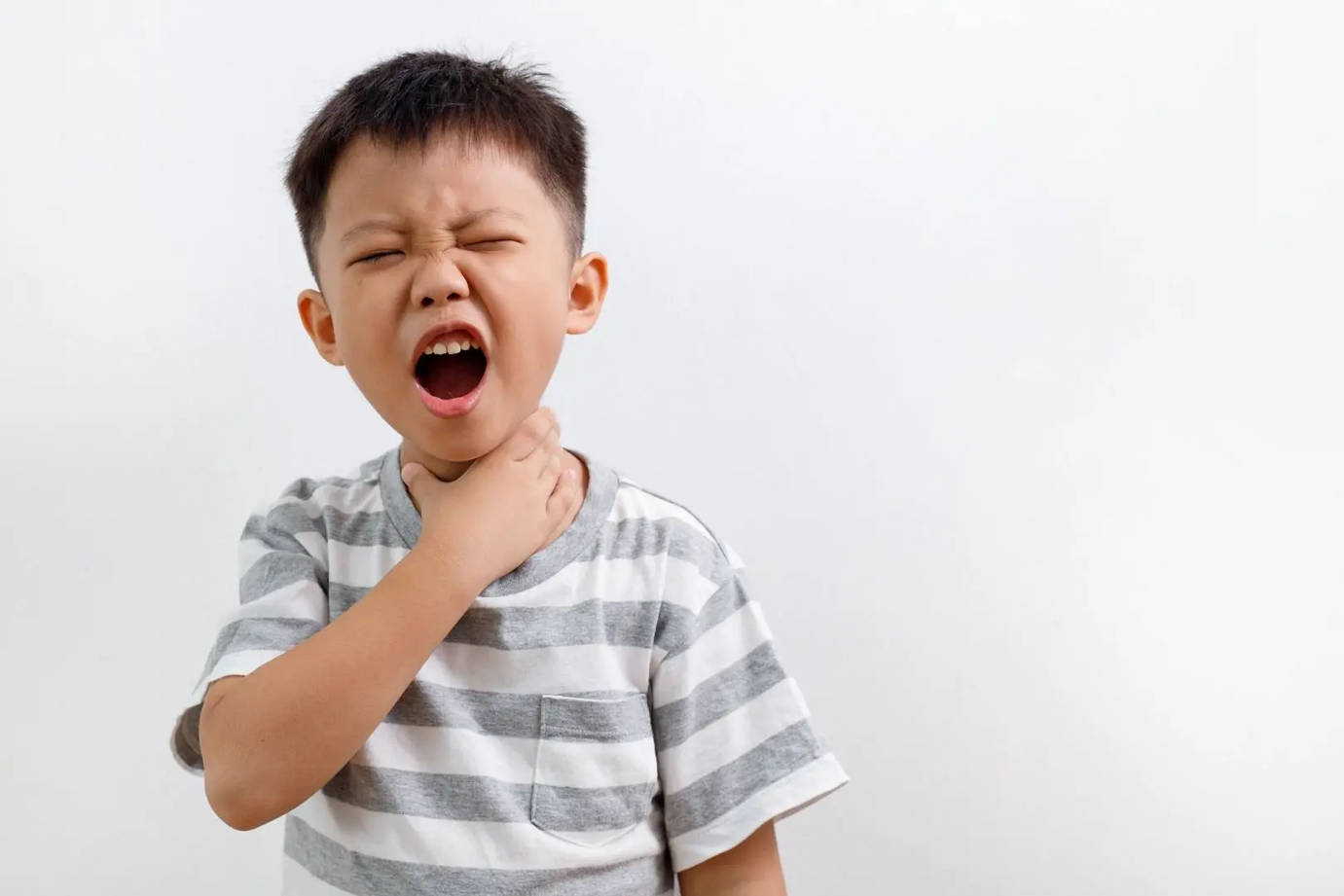Choking is a very common problem in toddlers. It is defined as a witnessed episode of sudden onset of cough, shortness of breath, or cyanosis (bluish discoloration of the face) in a previously healthy child. Approximately 80 percent of children’s choking episodes occur in younger than three years of age, with the peak incidence between one and two years of age. Most kids at this age can stand and move around on their own and are more likely to explore the world through oral means. So, have you ever thought of what you would do if this happened to your child or someone you love?
First Aid Management
If in UAE, call 999 immediately or have someone else call if your child is choking. If you know how to perform the Heimlich technique or abdominal thrusts, do so immediately. But your child can get harmed if you don’t do it right. Do not pat your child on the back or reach into their mouth to grab the foreign. Either option could force the object more profoundly into the airway and worsen the situation.
If the child can cough forcefully, allow him to keep coughing, but if the child is choking and can’t talk, cry, or laugh forcefully, it is recommended to perform the “five-and-five” approach to delivering first aid:
- Give five back blows. Kneel behind. Place one arm across the child’s chest for support. Bend the child over at the waist so that the upper body is parallel with the ground. Deliver five separate back blows between the child’s shoulder blades with the heel of your hand.
- Give five abdominal thrusts. Perform five abdominal thrusts (also known as the Heimlich maneuvre).
- Alternate between 5 blows and five thrusts until the obstruction is dislodged.
To conduct the Heimlich technique (abdominal thrusts) on a child, put yourself in their rear. For balance, place one foot just in front of the other. Arm yourself at the waist. Lean the individual slightly forward. Get on your knees behind younger children. A fist should be made. It should be placed just above the child’s navel. Use the other hand to hold the fist. As though trying to hoist the individual up, quickly thrust upward while pressing firmly into the abdomen. Up to 10 abdominal thrusts should be performed to free the obstruction.
To clear the airway of a choking baby younger than age 1:
- Younger than one-year-old children who are choking should be held face down on your forearm, which should be resting on your thigh. Assume a seated position. Place the infant’s head lower than the trunk and support its neck and head with one hand.
- Use the heel of your hand to thud the baby five times gently but firmly in the middle of the back. The blocked object should be released by gravity, and the back blows. Keep your fingers pointing upward to avoid hitting the new born in the back of the head.
- If the baby is still not breathing, turn them face up on your forearm, with the head lower than the trunk. Give the baby five fast chest compressions with your fingers positioned in the middle of the baby’s breastbone. Let the chest rise once again between each compression and press down approximately 1 1/2 inches.
- Repeat the back strikes and chest thrusts if breathing doesn’t start again. Request immediate medical assistance.
- If one of these methods succeeds in opening the airway, but the child still isn’t breathing, start new born CPR.
How to prevent choking?
Here are four strategies for avoiding choking:
- Children under the age of four should avoid foods that are easier to choke on, such as nuts, raw carrots, popcorn, and hard candies. Grapes and hot dogs should be cut into small pieces.
- Children should eat quietly, with little bites, and without talking or laughing while doing so.
- Pick up anything from the ground that could be harmful to ingest, such as pen caps, coins, beads, and batteries. Keep them out of reach of any toys or devices with small parts.
- Learn how to perform CPR and abdominal thrusts, which are typically covered in any basic first-aid course.
An insight from mamahood
To conclude, all mothers must be extra vigilant about their children whlineen it comes to choking risks, never underestimate a coughing child, and practice first aid skills with their family physicians to be ready for an emergency.








